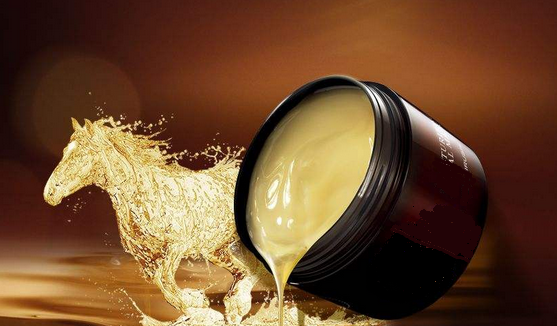1. Biochemical loss of freshly cut grass, the cells did not die, still breathing, water transpiration, part of the nitrogen-free extracts hydrolyzed into monosaccharides, as energy consumption. A small amount of protein breaks down into amino acid-based amides. The resulting loss of candy and protein generally accounts for 5-10% of the total nutrients in the grass. When the water content was reduced to 40-50%, the cells gradually lost their ability to recover from bloating, but the oxidation process did not stop. In this process, in addition to the enzymes of the plant itself, there are decomposing enzymes produced by microbial activity. Under the combined effect of the two, the amide is further decomposed into water and carbon dioxide. The carotene is damaged by oxygen enzymes in the body and sunlight. Loss of exposure. When the moisture was reduced to 17%, the enzyme action ceased.
Avoiding methods: Appropriate measures should be taken to quickly reduce the moisture to 17%. At this time, the action of the enzyme is stopped and the direct exposure is reduced as much as possible.
2. The mechanical loss of grasses, turning grass, handling, and stacking will inevitably cause twigs and breakage of young leaves. Blades can lose 20-30% and shoots lose 6-10%. The loss of leguminous leaves is more severe (eg, 12% loss of leaf loss and 40% loss of protein).
Avoiding methods: The dry matter loss is small, only 1% for small piles, about 4-6% for grass ridges, and about 10-14% for awnings. Use a less-damaged method of hay preparation.
3. Exposure to sunlight and exposure to direct sunlight, the carotenoids and chlorophyll contained in the plants are destroyed by photochemical effects, and almost all of the vitamin C is lost. After exposure to hay for a day and night, carotene can be lost by 75%. Place it for 1 week and lose 96%. But the amount of vitamin D in hay increased significantly.
Avoid methods: Minimize exposure. Under possible conditions, use a combination of sun and air drying.
4. Loss of rain and rain can significantly drain soluble nutrients that are easily digested by livestock and poultry. The rain can make the average loss of crude protein 40%, heat loss of 50%, rainy weather can cause dry grass, rotten, nutrients will lose more than half. When grass is cut, it suffers from rain, prolongs drying time, and increases respiratory losses. When moisture falls below 50%, soluble nutrients are easily lost.
Avoid methods: Prevent rain when cutting, and stack the lid in time.
Products collected from living horses include mare's milk, used by people with large horse herds, such as the Mongols, who let it ferment to produce kumis. Horse blood was once used as food by the Mongols and other nomadic tribes, who found it a convenient source of nutrition when traveling. Drinking their own horses' blood allowed the Mongols to ride for extended periods of time without stopping to eat.The drug Premarin is a mixture of estrogens extracted from the urine of pregnant mares (pregnant mares' urine), and was previously a widely used drug for hormone replacement therapy.The tail hair of horses can be used for making bows for string instruments such as the violin, viola, cello, and double bass. They are also used
for shaving and cosmetics products. Tetanus vaccines are still made from
the blood of immunized horses.

Other Horse By Products,Horse Hair,Horse Hair for Wig,Horse Hair for String
Jiangxi Institute of Biological Products Inc. , https://www.jxinstitute.com